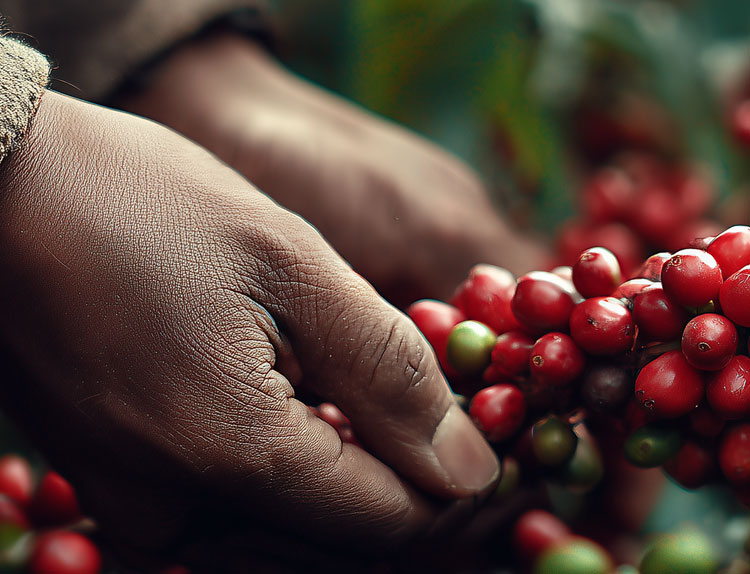Coffee might seem like a simple drink, but around the world, it plays many roles. It's a caffeine kick for some and a cultural ritual for others. In the past ten years, global coffee consumption has reached $370 billion, with the United States leading as the top importer. Behind those numbers is a complex mix of traditions, tastes, and social meaning. This post breaks down the cultural forces shaping how people drink coffee and why it matters.
1. Coffee Is Culture, Not Just a Drink
Different places prepare and experience coffee in ways that reflect their history, habits, and values. You can learn a lot about a culture by how it brews a cup. Brewing methods around the world:- Italy serves espresso that is quick and strong, matching the fast pace of daily life.
- Turkey uses a long-standing tradition of simmering finely ground coffee in a small pot, creating a slow and meaningful experience.
- Vietnam offers egg coffee, made with whipped egg yolk and sugar, which shows how local ingredients and creativity shape the cup.

2. When and Where Coffee Happens Tells a Bigger Story
Coffee isn't just about how it’s made. It’s also about when people drink it, who they drink it with, and what the moment means. Examples of cultural coffee rituals:- Fika in Sweden is a time to pause, relax, and connect with others over coffee and pastries.
- Kaffeeklatsch in Germany is a social hour centered around coffee and conversation.
- In the U.S., coffee is often a grab-and-go item, focused on convenience and speed.
3. Coffee Shops Are Social Spaces, Not Just Businesses
For centuries, coffeehouses have been gathering places. They’ve hosted thinkers, artists, rebels, and everyday people. These spaces have helped spark political movements, creative breakthroughs, and deep conversations. From early London cafés to today’s modern spots in cities like Seoul and São Paulo, the coffeehouse remains a place where ideas and people meet.
4. Behind the Bean: Money, Trade, and Inequality
Coffee is a huge global business, but the money isn’t evenly spread. Most of the profit stays with consuming countries, while producing nations often face economic struggles. Key challenges in the coffee economy:- Profits often skip the farmers and stay with big companies.
- Consumers are starting to care more about where their coffee comes from.
- Fair trade and sustainability practices are gaining attention.
- Ethical sourcing is now a key factor in brand reputation.
5. How Coffee Adapts to Local Tastes
Global brands know they can’t serve the same coffee everywhere. They have to adjust to local preferences to succeed. That’s why menus in Tokyo or São Paulo might include flavors and drinks you won’t find anywhere else. The rise of specialty coffee has also changed the game by encouraging:- New tools and brewing methods
- Experimental roasting styles
- Deeper appreciation for flavor origins

